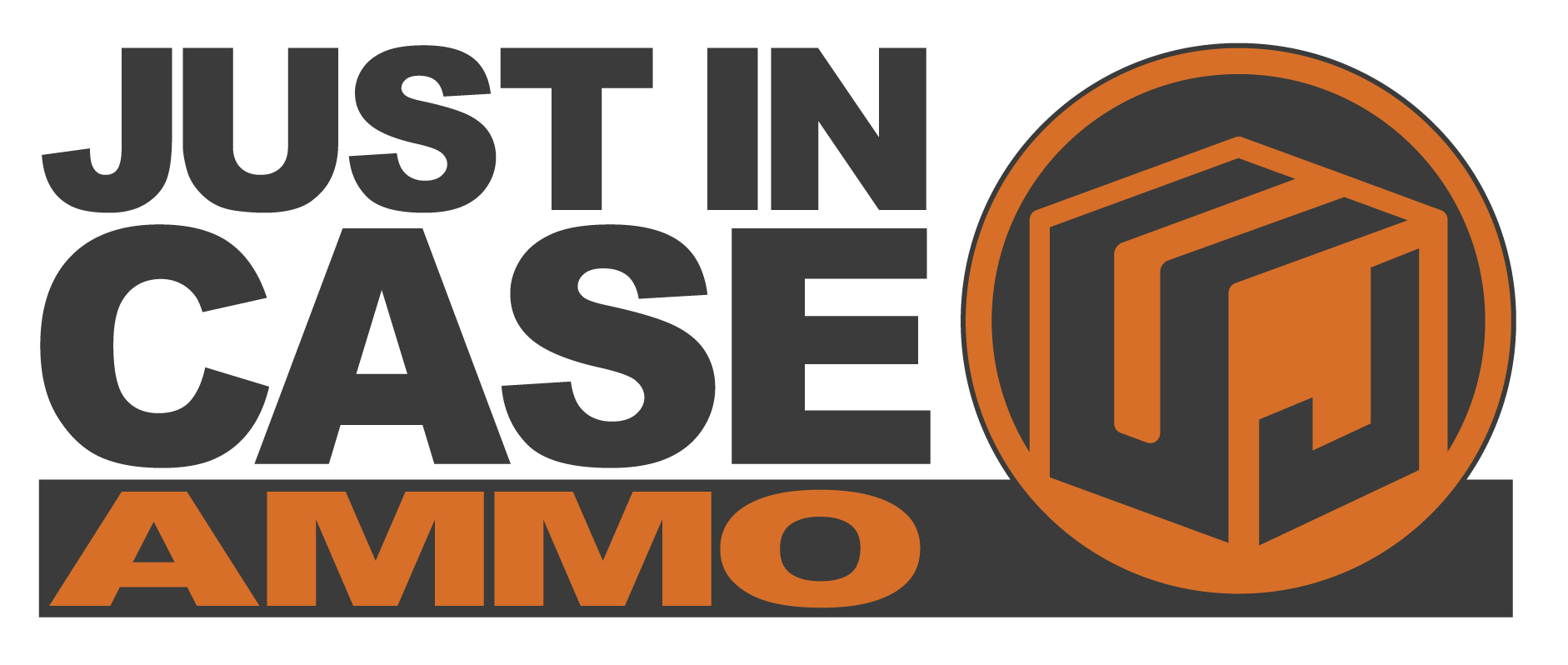Subsonic is a description of the speed of a projectile, specifically one that is moving slower than the speed of sound.
This is important in the shooting world, as a round that travels below the speed of sound will not break the sound barrier meaning there is no supersonic boom.
The supersonic boom sound can oftentimes be louder than the actual gun firing. If the projectile is subsonic, it is moving slower than 1,126 feet per second, and it will travel through the air silently.
Firearms users who also own suppressors love subsonic ammo as the lack of sonic boom compliments the suppressed weapon perfectly, resulting in a very quiet range day.
In the right setting, shooting suppressed with subsonic ammo can even be safe for your naked ears.
Read more details below for complete overview of Subsonic Ammunition


Velocity and Sound Barrier
The speed of sound in dry air at sea level at 20°C (68°F) is approximately 1,125 feet per second (FPS). Subsonic ammunition is designed to have a bullet velocity below this threshold.
When a bullet travels faster than the speed of sound, it creates a "sonic crack" or "sonic boom." Subsonic ammo avoids this, resulting in quieter firearm discharge.
Applications
Suppressed Firearms
One of the primary uses for subsonic ammunition is in conjunction with firearms equipped with suppressors (often referred to as "silencers"). While the suppressor reduces the noise of the expanding gases from the gunpowder, subsonic ammo ensures there's no loud sonic crack.
Stealth and Tactical
In military or tactical scenarios, the reduced noise signature can be beneficial.
Hunting
Some hunters prefer subsonic ammo for small game to reduce noise pollution and disturbance.
Ballistics and Performance
Trajectory
Subsonic rounds, due to their reduced velocity, generally have a more pronounced bullet drop compared to their supersonic counterparts. Shooters need to account for this, especially at longer distances.
Energy
Often, subsonic ammo will have less kinetic energy than comparable supersonic rounds because kinetic energy is proportional to the square of velocity. This can affect terminal performance.
Bullet Design
Some subsonic rounds are designed with heavier bullets to maintain adequate energy for their intended purposes, despite the slower velocity.
Calibers and Availability
While some calibers, like .45 ACP, are inherently subsonic due to their standard velocities, others like 9mm or .223 Remington often require special loads to achieve subsonic velocities.
Many manufacturers produce subsonic variants of popular calibers specifically tailored for suppressed shooting or other needs.
Considerations
Function
In semi-automatic firearms, the reduced power of subsonic rounds may not always provide sufficient energy to cycle the action, potentially leading to malfunctions. Some firearms might need modifications to reliably function with subsonic ammo.
Accuracy
The unique ballistics of subsonic ammunition might require shooters to adjust sights or optics, or account for different bullet trajectories.


Summay / Saved Rounds
In summary, subsonic ammo is a specialized type of ammunition in the shooting sports world designed to travel below the speed of sound, minimizing the noise signature of a gunshot.
While it offers unique advantages in terms of noise reduction, shooters must account for its distinct ballistic performance.






